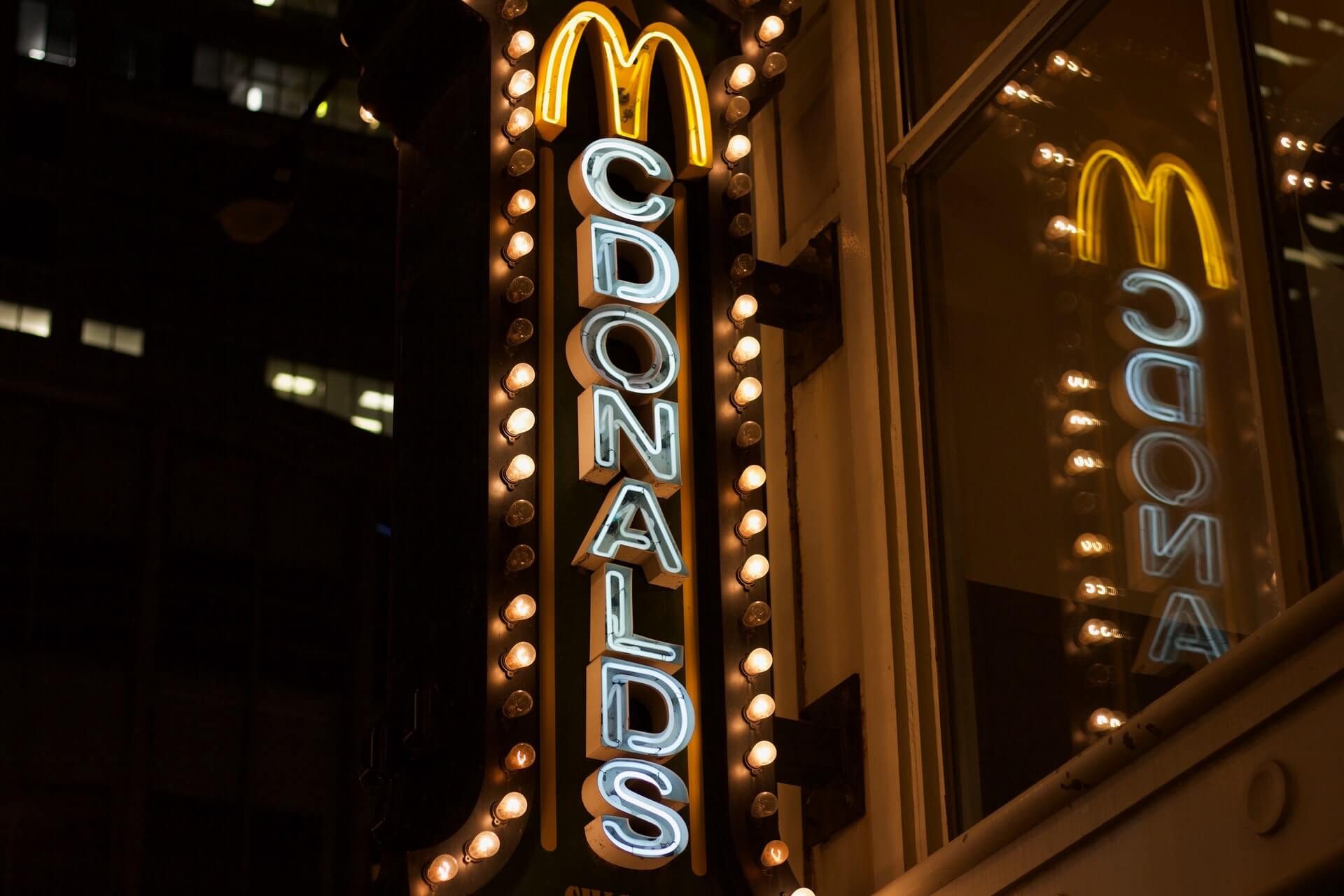A Lesson in Guest Perception
by David Klemt

At this point, it’s becoming more of a surprise to not be told that the ice cream machine isn’t working at a McDonald’s restaurant.
Per a report from earlier this year, 25 percent of their machines are broken at any time. In fact, the brand made a joke about it in 2020.
we have a joke about our soft serve machine but we’re worried it won’t work
— McDonald’s (@McDonalds) August 11, 2020
Interestingly, with all the road trips and flights I’ve taken, I had never encountered a nonfunctional ice cream at a McDonald’s. Until last week.
Feeling nostalgic, I drove to a McDonald’s near my home for a Shamrock Shake. Growing up, my father always enjoyed the Shamrock Shake LTO. I’ve had maybe one or two in my entire life.
So, I drove over, got in line, and confidently asked for a Shamrock Shake and a Mint Oreo Shamrock McFlurry. And then I heard the words I’d never heard before:
“I’m so sorry, our machine isn’t working.”
Devastated, I did what any well-adjusted adult would do: I ordered a double cheeseburger and a 10-piece Chicken McNuggets combo. Same thing as a shake and McFlurry, right?
Guest Perception
I won’t dive too far into the minutiae of the longstanding McDonald’s ice cream machine saga. By now, we’re all familiar:
- These machines break so often there’s a website dedicated to the problem. McBroken shows people where ice cream machines are working and where they’re broken. (If only I had used that before my ill-fated visit…)
- The machines reportedly take four hours per day to clean.
- There are claims that Taylor, the manufacturer of the machines, makes 25 percent of their revenue from performing repairs.
- Outlets have reported the FTC is investigating the situatithe machine’s manufacturer, Taylor.
- The latest news is that Kytch is suing McDonald’s for $900 million.
I’m not a McDonald’s board member, nor am I a franchisee. So, I’m not privy to any discussions swirling around the ice cream machines in use currently.
However, I do find it surprising that a brand as massive as McDonald’s would allow this issue to continue. For a brand that claims nothing is more important than delivering a high-standard of quality food, this joke is no longer funny.
What’s more, the issue is an opening for their competitors.
Leave an Opening and a Competitor will Take it
Jack in the Box has roasted McDonald’s for their ice cream machines in the past. This month, however, they’ve amped up their trolling.
Now that the Shamrock Shake has returned, Jack in the Box has pounced.
It would’ve been enough for Jack to mock McDonald’s on Twitter during Shamrock Shake season. But nope—Jack is dragging McDonald’s even harder.
No one:
Me: Takes over https://t.co/yjghUCVmpT to promote my New St Paddy’s day shake pic.twitter.com/lToscUsynP— Jack in the Box (@JackBox) March 4, 2022
Head over to McBroken and you’ll see a huge banner that reads, “DON’T GET McSHAMMED.” You’ll notice that the map is now also populated with Jack in the Box locations.
Click the aforementioned banner and you’ll find yourself on the Jack in the Box website. More specifically, it’s a page promoting their mobile app.
Taking it further, there’s currently a promotion encouraging the download: using the code “McSHAMMED” scores the user a $2 shake.
Since we’re in Shamrock Shake season, Jack is offering their new Oreo Cookie Mint Shake. And yes, it’s green.
Innovation and Problem Solving are Crucial
Look, I’m in no position to tell McDonald’s how to run their business. If they’re comfortable with negative guest perception and experiences, that’s on them.
It’s also on them if they want to show their guests and competitors a failure to innovate, solve problems, and be agile.
The ice cream machine debacle should be a lesson for all operators. Leave an opening and your competition will take it, slamming it shut behind them.
At best, maybe you’ll be able to adapt and overcome. At worst, they’ll be social media and marketing savvy, and roast you publicly. Once a brand’s perception slips, it can be incredibly difficult to get it back to where it once was.
As an operator, you’re an entrepreneur. Entrepreneurs innovate and solve problems.
Image: Joshua Austin on Unsplash

